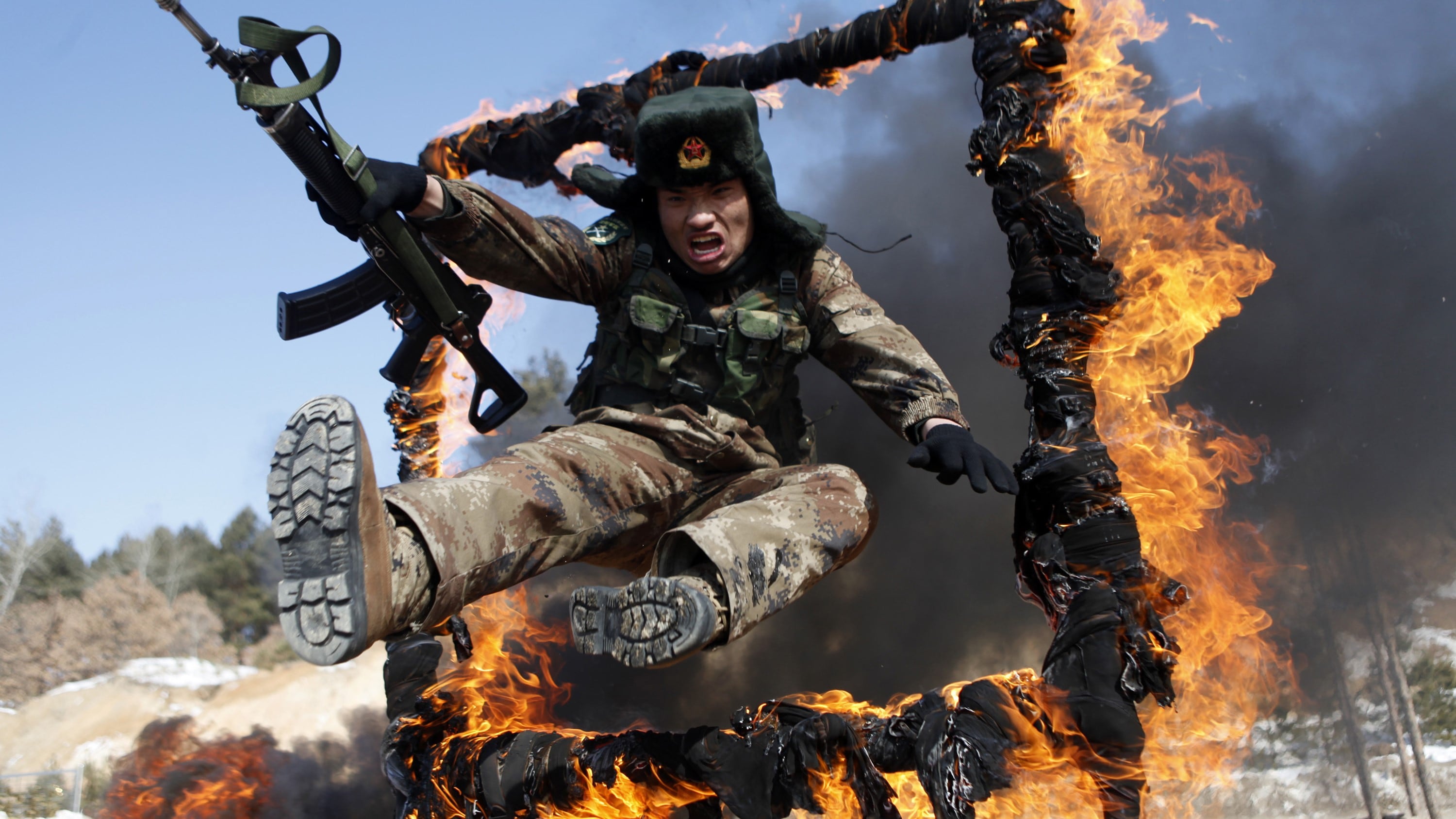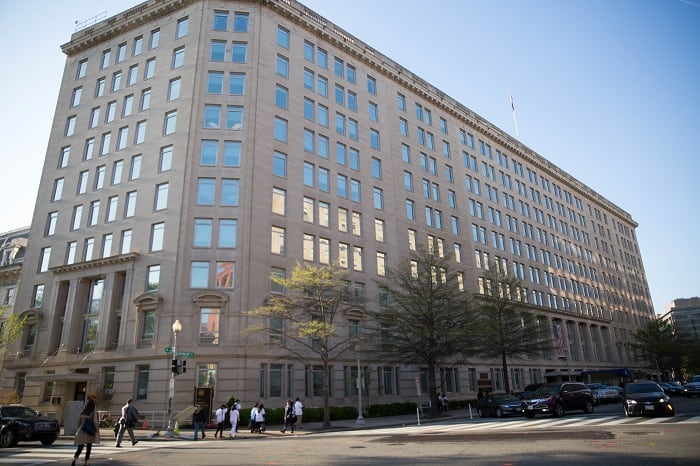WASHINGTON — As China continues to expand its global footprint, the Pentagon’s top official for South America is sounding a clear alarm: China’s influence in the region has reached “unprecedented levels of influence and leverage,” which will require a whole of government approach from the U.S. to counter.
Adm. Craig Faller, the head of U.S. Southern Command, told the Senate Armed Services Committee’s Emerging Threats subcommittee that China is only going to increase its efforts to live “inside our own neighborhood seeking to displace the United States as the partner of choice and weaken the commitment of our partners to the rule of law and democracy.”
“Strong partnerships — enabled by engagements and presence, intelligence and information exchanges, and education and training — are our primary bulwark against the influence of malign actors in the hemisphere and are bolstered by our work together on military professionalism,” Faller said in written testimony submitted ahead of the Tuesday hearing, which focused on how SOUTHCOM can execute the National Defense Strategy.
RELATED

And while Russia and Iran also got billing as actors trying to maneuver in the region to create problems for the U.S., China dominated the discussion. Fundamentally, China is approaching the region with a bigger firehose of cash than the Pentagon is, with Faller claiming in his testimony that “China’s aim is to become the region’s largest investor and creditor.
“China plans to increase trade with the region to $500 billion by 2025. With 19 nations in the region now participating in the One Belt One Road Initiative and pledges of at least $150 billion in loans, Beijing is translating this economic heft into political influence,” he added.
The SOUTHCOM head shared an anecdote of meeting with a regional chief of defense, who was receiving around $1.5 million from the U.S. for security assistance. China, the chief said, had offered up $23 million in cash. And while the official was quick to say his country did not use that money on any IT investments, Faller did wryly note it wasn’t just used to buy uniforms, either.
“That’s the challenge we are competing with,” Faller told the committee. “We’re not going to compete in volume. We have to compete in quality and speed of relevance.”
One way to do that is to lean on the long-standing relationships between the DoD and leaders in regional militaries, who have been attending U.S. military institutions for decades. As an example, he held up El Salvador, where both the current minister of defense and chief of defense attended American military institutions as younger men.
"Frankly, [China and Russia can’t compete with our system. They’re trying. They are in the area. Everywhere I go, the chiefs of defense say the ‘Chinese have come, they’ve offered us free education, unlimited travel, opportunity to go to their schools,’” Faller said. “The message I get from our capable partners is, ‘we don’t want to train with them, we want to continue’” with the U.S.
In terms of physical assets in the region, Faller identified two additions that could help. Broadly speaking, greater intelligence, surveillance and reconnaissance (ISR) capabilities would help, with Faller calling it the “No. 1” asset in tracking the situation in Venezuela. (Faller also acknowledged that every commander in the Pentagon has asked for increased ISR.)
In addition, increased presence from high-end naval assets would be welcomed. Faller specifically called out deployments of littoral combat ships as “a capability we need” in the region. The good news there, he said: the Navy plans to deploy an LCS to the region come October.
Faller later declined to identify which LCS might be the choice.
Aaron Mehta was deputy editor and senior Pentagon correspondent for Defense News, covering policy, strategy and acquisition at the highest levels of the Defense Department and its international partners.




